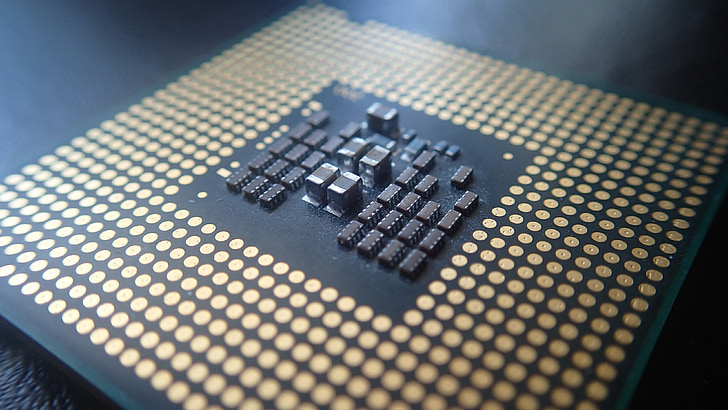
Bluetooth Low Energy (BLE) technology has become ubiquitous in various applications due to its energy-efficient design, but several parameters can affect its power consumption. Understanding these factors is crucial for optimizing battery life in BLE devices. This article explores six key parameters that influence BLE power consumption.
1. Transmission Power The transmission power, or the output power of the BLE signal, is a primary factor affecting power consumption. Higher transmission power increases the range but also consumes more power. Adjusting the transmission power according to the required range can significantly impact battery life.
2. Advertising Interval BLE devices use advertising to be discoverable by other devices. The interval at which an advertiser sends out advertising packets affects power consumption. A shorter interval increases the frequency of advertising, thus increasing power usage. Balancing the advertising interval to meet the application’s needs without excessive power draw is essential.
3. Connection Interval For connected devices, the connection interval determines how frequently data is exchanged. A shorter connection interval results in more frequent data transmission, which increases power consumption. Optimizing the connection interval based on the application’s data requirements can help conserve energy.
4. Duty Cycle The duty cycle refers to the proportion of time that a device is active versus in sleep mode. A higher duty cycle (more active time) leads to higher power consumption. Designing applications to maximize sleep periods can reduce power usage significantly.
5. Payload Size The size of the data packet (payload) being transmitted also affects power consumption. Larger payloads require more energy to transmit. Efficient data handling and compression techniques can minimize payload size, thus reducing power consumption.
6. Radio Activity The time spent by the BLE radio in active mode versus sleep mode greatly influences power consumption. Reducing the radio’s active time by optimizing data transmission and reception intervals can lead to substantial energy savings.
Strategies for Managing BLE Power Consumption
To effectively manage BLE power consumption, consider the following strategies:
- Optimize Transmission Power: Adjust the transmission power to the minimum required for the desired range.
- Fine-Tune Advertising and Connection Intervals: Balance these intervals to meet application needs while minimizing power usage.
- Increase Sleep Cycles: Maximize the device’s sleep mode to reduce active time and conserve energy.
- Efficient Data Handling: Implement data compression and efficient transmission techniques to minimize payload size.
- Use Low Power Modes: Utilize the low power modes offered by BLE to reduce energy usage during idle periods.
- Regular Updates and Maintenance: Keep the BLE firmware up to date to benefit from improvements in power management.
Challenges in BLE Power Management
Effective BLE power management faces challenges such as ensuring reliable connectivity while minimizing power usage, managing the trade-off between data transmission frequency and power consumption, and dealing with varying environmental conditions that can affect signal strength and range.
Overcoming Power Management Challenges
- Environmental Adaptation: Develop algorithms that adapt transmission power based on environmental conditions to maintain connectivity without excessive power use.
- Smart Data Management: Implement smart data management systems that prioritize and schedule non-urgent transmissions during periods of lower activity.
- Continuous Monitoring and Adjustment: Continuously monitor power consumption and adjust parameters in real-time to optimize energy use.
Conclusion
BLE technology offers a powerful platform for wireless communication with its low power consumption characteristics. However, optimizing battery life requires careful consideration of transmission power, advertising and connection intervals, duty cycle, payload size, and radio activity. By understanding and effectively managing these parameters, developers can ensure that BLE devices operate efficiently and reliably, prolonging battery life and enhancing user experience. As BLE technology continues to evolve, advancements in power management will play a critical role in expanding its application and usability in diverse environments.
As a professional manufacturer of low power Bluetooth module, Tecksay has independently developed and produced a number of BLE Bluetooth modules that have been applied to many industries. With more than ten years of industry experience, Tecksay can customize BLE embedded solutions for customers from design, project management, function customization, system development and other aspects.



